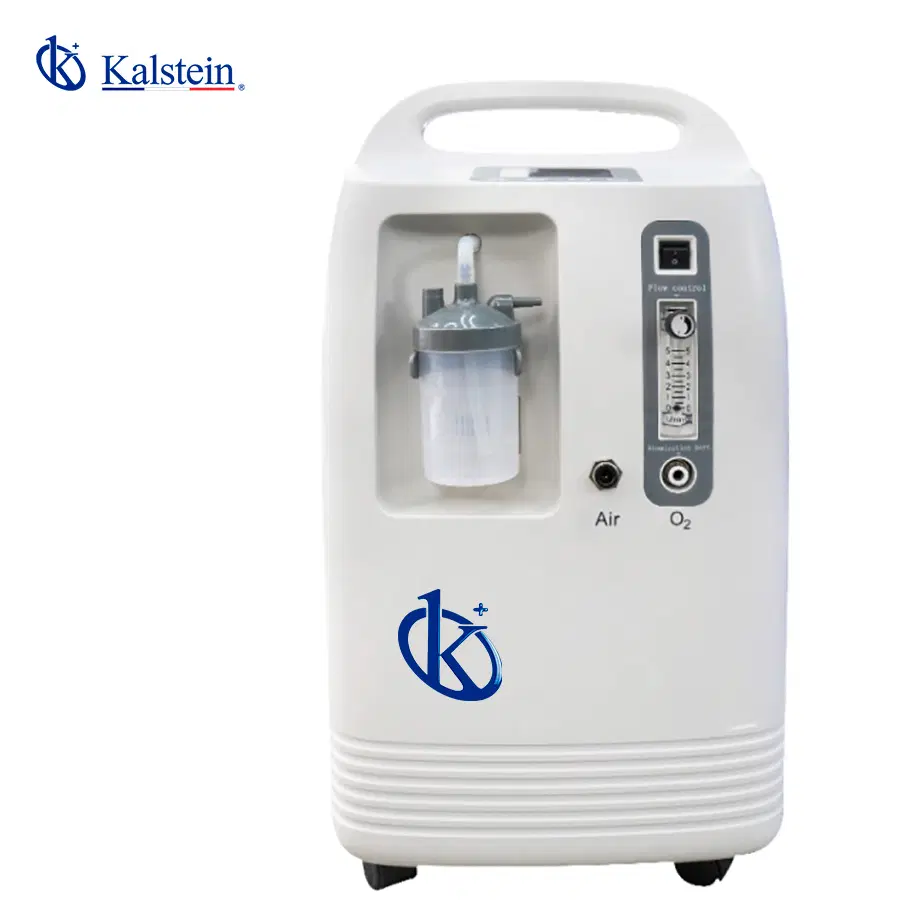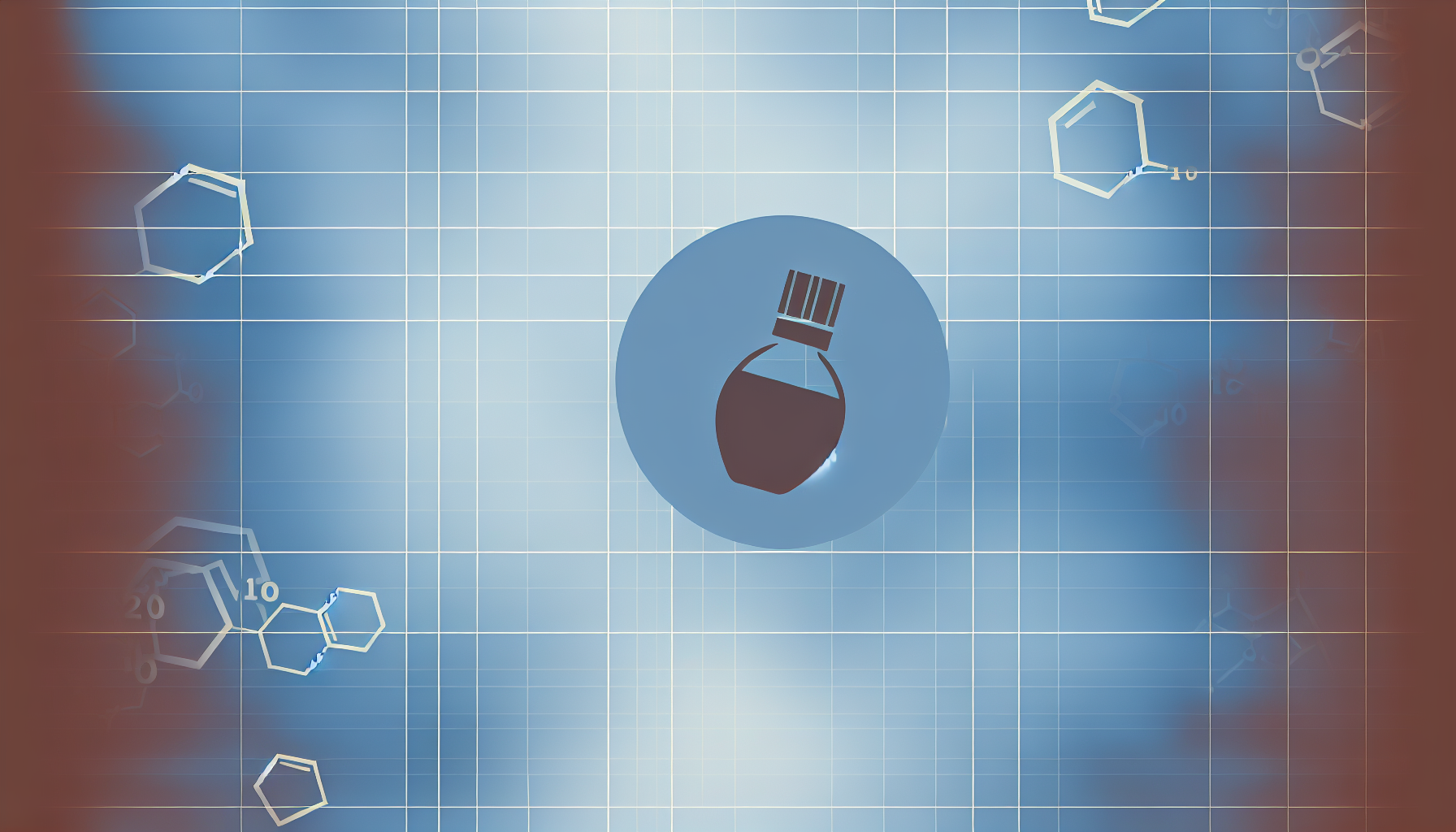In the realm of modern healthcare, stationary oxygen concentrators have emerged as an essential solution for patients with chronic respiratory needs. These devices not only provide a constant and reliable source of oxygen but are also designed to be efficient and powerful, ensuring the well-being of users.
In this article, we will explore the latest trends in stationary oxygen concentrators and how these devices align with innovations and developments in medical equipment.
We understand that you need equipment that delivers maximum value to your laboratory. We invite you to visit https://kalstein.co.uk/category-product/medical-line/oxygen-concentrator/, to immerse yourself in our universe of cutting-edge technology equipment. Our prices are competitive and accessible, we combine the convenience of online shopping with the guarantee of an exceptional product. Because you deserve the best, we create and offer top-tier laboratory equipment. Make your choice today, where science comes to life. https://kalstein.co.uk/
Innovations in Medical Equipment
Innovations in medical equipment have led to significant advancements in stationary oxygen concentrators. Today, these devices are equipped with advanced technologies that enhance the efficiency and power of oxygen delivery. For instance, many recent models include intelligent sensors that automatically adjust the oxygen flow based on the patient’s needs, ensuring a consistent and adequate supply.
Additionally, improvements in compressors and filters have made oxygen concentrators quieter and more energy-efficient. These innovations not only enhance the user experience but also extend the lifespan of the equipment, reducing the need for frequent maintenance and repairs.
Developments in Medical Devices
Developments in medical devices have enabled the creation of more compact and lightweight stationary oxygen concentrators. Unlike earlier models, which were bulky and difficult to move, current devices are much more manageable. This facilitates their use in various home settings, allowing patients greater mobility and comfort.
Another important development is the integration of wireless connectivity in oxygen concentrators. This allows healthcare professionals to monitor the device’s usage and performance in real-time, offering more personalized and proactive care. Additionally, users can receive alerts and reminders on their smartphones, improving treatment adherence and patient safety.
Energy Efficiency in Stationary Oxygen Concentrators
Energy efficiency is a key trend in the development of stationary oxygen concentrators. Manufacturers are using low-consumption components and energy optimization technologies to reduce environmental impact and operating costs. For example, some new models use heat recovery systems to maximize compressor efficiency, significantly reducing energy consumption.
Moreover, the incorporation of long-lasting backup batteries ensures that patients continue to receive oxygen during power outages. These batteries not only provide peace of mind for users and their families but also contribute to the overall efficiency of the system by minimizing the need for additional generators.
Improvements in User Comfort
User comfort is a crucial aspect of modern stationary oxygen concentrator design. Manufacturers are developing devices with intuitive and user-friendly interfaces. Touch screens, simplified controls, and ergonomic designs make operating the concentrator easy for people of all ages and abilities.
Additionally, oxygen concentrators are being designed to operate extremely quietly, which is essential for patient comfort, especially at night. The compact and aesthetic design also allows these devices to integrate discreetly into the home, avoiding the clinical environment feeling.
Integration of Telemedicine Technologies
The integration of telemedicine technologies in stationary oxygen concentrators is an emerging trend that is transforming home healthcare. Devices with telemedicine capabilities allow real-time data transmission to healthcare providers, facilitating continuous monitoring and remote management of oxygen therapy.
This connectivity also enables doctors to adjust the oxygen concentrator’s parameters remotely, optimizing treatment without the need for frequent office visits. Furthermore, the data collected can be used to improve research and development of new treatments and devices, benefiting future patients.
Future of Stationary Oxygen Concentrators
The future of stationary oxygen concentrators looks promising, with continuous improvements in technology and design. Researchers are exploring new ways to increase the efficiency and capacity of these devices, including using lighter and more durable materials, as well as implementing artificial intelligence systems to further personalize treatment.
Additionally, innovations in renewable energy and energy storage are expected to contribute to the sustainability and efficiency of oxygen concentrators. These developments will not only improve patients’ quality of life but also help reduce the carbon footprint of medical devices.
Conclusion
Stationary oxygen concentrators are rapidly evolving, aligning with the latest trends in innovations and developments in medical devices. These improvements focus on energy efficiency, user comfort, integration of advanced technologies, and sustainability.
As we continue to advance in these areas, patients can expect more powerful, efficient, and user-friendly devices, significantly enhancing their well-being and quality of life.




